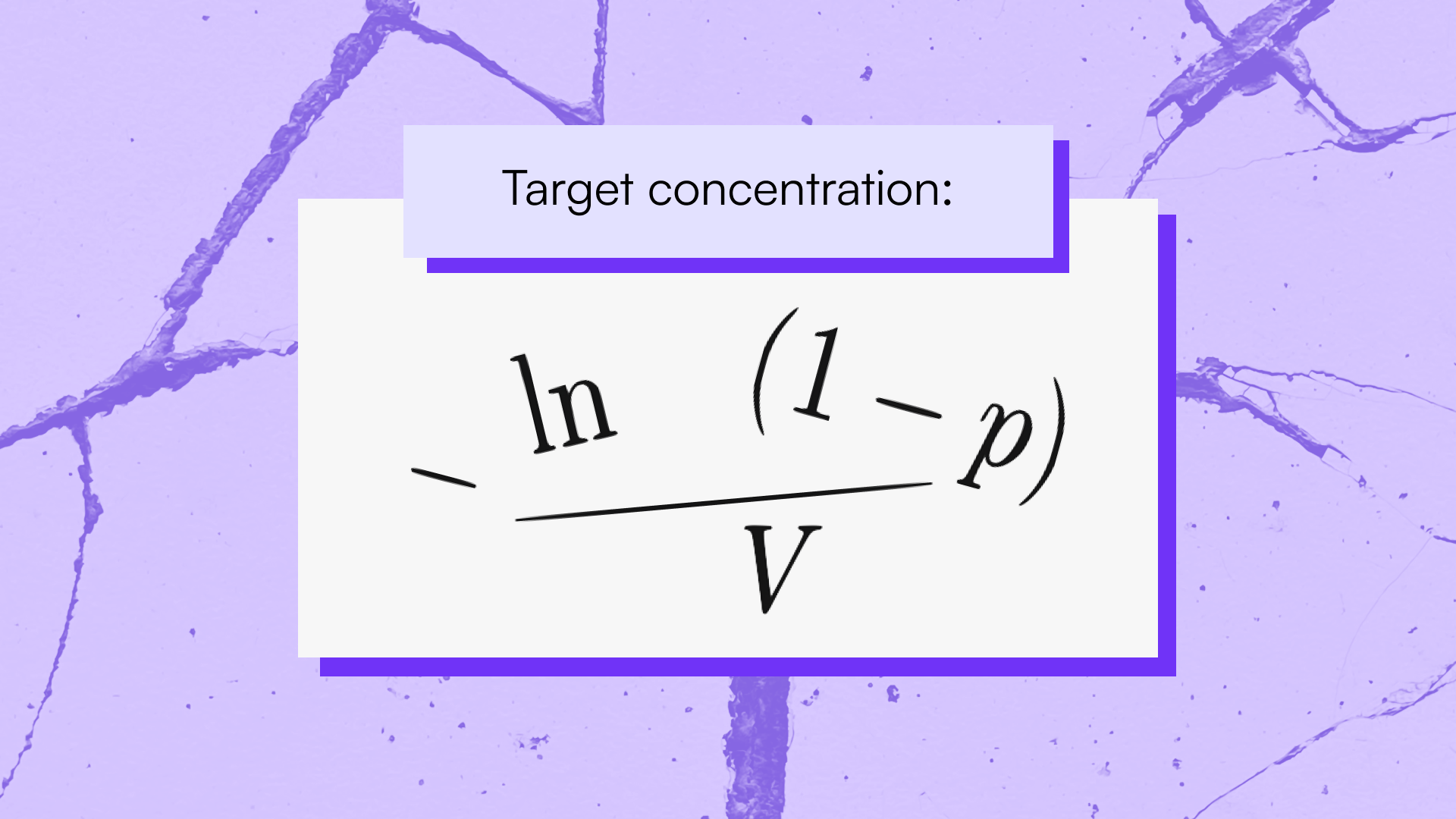When Poisson breaks down – How Countable PCR beats the dPCR guessing game and delivers precision


If you’ve worked with digital PCR (dPCR), you already know Poisson statistics are unavoidable. They’re the engine behind the quantification, used to estimate how many molecules were in your sample based on how many partitions light up.
But there’s a catch: most dPCR platforms rely on Poisson to clean up messy signals, not to validate clean measurements. But Poisson distribution isn’t the problem. It’s the statistical backbone for partition-based quantification.
How Poisson is used — and when it’s required — makes all the difference.
In dPCR, lambda (or λ) represents the average number of DNA molecules per partition — essentially, how crowded each partition is. Most dPCR systems operate at the high-lambda end of the Poisson spectrum, where the number of DNA molecules is high relative to the number of partitions.
For example, loading 80,000 copies of DNA into 20,000 partitions. Lambda in that case equals 4. That means many partitions will contain multiple molecules, but the system doesn’t know how many. So it uses math to guess:

Where:
This equation assumes a perfectly random distribution, uniform partition size, and zero sample loss. It works great on paper. But it’s an imperfect estimate because no dPCR platforms truly generate uniform partition sizes.
As a result, the target concentration is estimated with assumptions that confound your results interpretation and give you less accurate data.
Countable PCR works on the opposite end of the spectrum, i.e., the low-lambda regime, where the average number of molecules per partition is close to zero. With 30 million compartments per reaction, Countable PCR ensures each compartment receives either one molecule or none at all.
Here, Poisson still applies — but no correction is needed because the math aligns with the physical truth.
Instead of relying on a formula to interpret overlapping signals, Countable PCR directly observes each amplicon as it lights up, using advanced light-sheet imaging to capture every single event.
No guessing or assumptions, just physical truth.
Legacy dPCR leans on math to circumvent physical limitations. Countable PCR overcomes those limits with over 30 million compartments. You get actual counts, not corrected estimates.
The result? Best-in-class precision. Lower variability. Reliable data — every time.